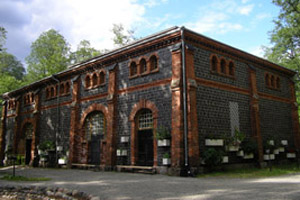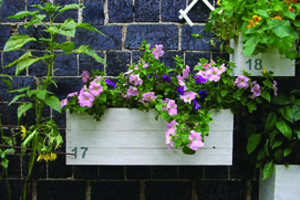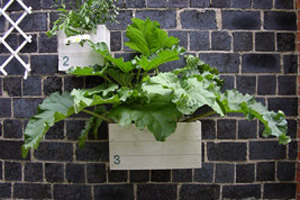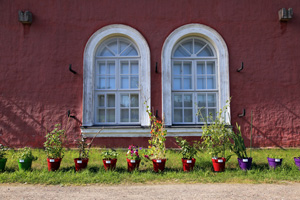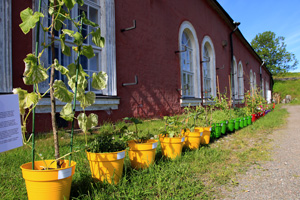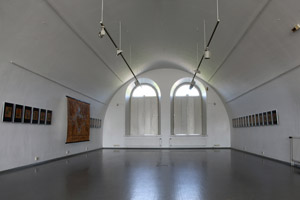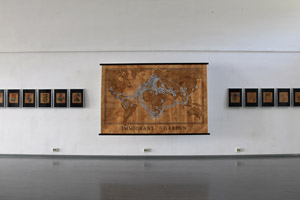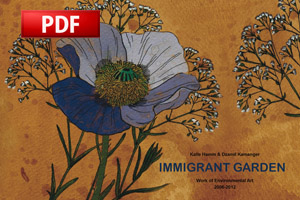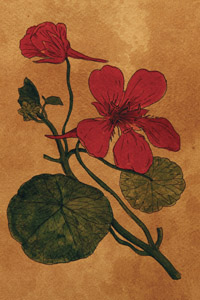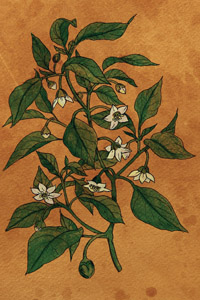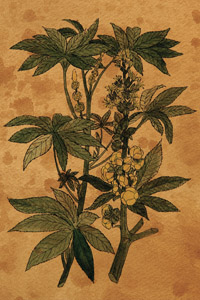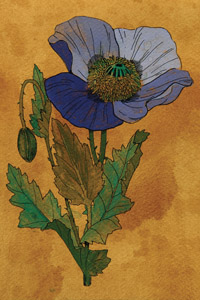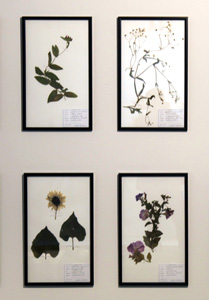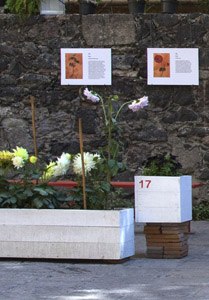Immigrant Garden
Immigrant Garden
Environmental artwork, plants and a book, 2006
Immigrant Garden introduces 26 decorative and culinary plants that in the course of centuries have arrived in the furthermost North. The plants selected for the artwork originate in four different parts of the globe: Far East Asia, Western and Central Asia, the Americas and Africa. The work presents plants as active agents that have single-mindedly spread around the globe. Many of these plants have rooted deeply into our own cultural identity, for example geranium that has even been celebrated in a popular Finnish song.
Plants spread naturally from one place to another through the agency of wind, water and animals. The spread of the plants in Immigrant Garden was dictated by historical events – trade, conquest, exploration – the human desire for profit. Over the course of history the passions aroused by plants have led to over spices and orchids have been picked almost to extinction, not to mention the significance of narcotic plants. Modern genetic research and pollen analysis permit closer identification of the origin of plants than ever before. Most of the garden plants of our continent were uniquely European until the 1560s, when the large scale importation of plants began, at first mainly from Turkey. The hundred-year flow of decorative plants began in the 1620s.
Kalle Hamm and Dzamil Kamanger have made different kind of versions of it for several exhibitions in Finland: Harvest - Fiskars 2006, Rauma Biennale Balticum 2008, Jokigalleria in Eura 2007 and Gallery Augusta in Suomenlinna 2012. They have also published a book, which is a core of the whole artwork.
Henna Paunu
